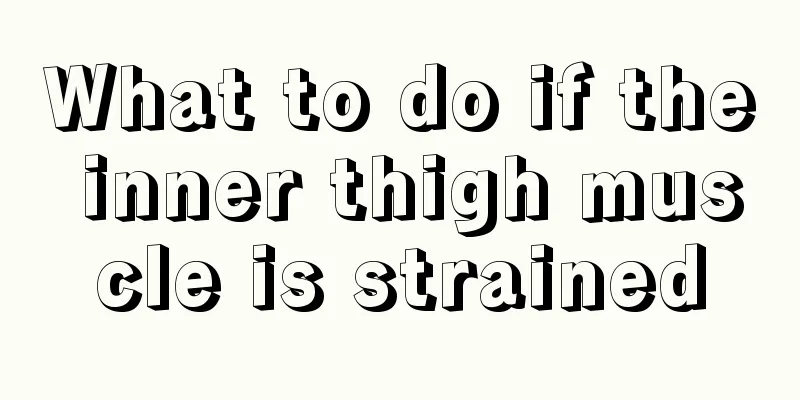What diseases can hematopoietic stem cell transplantation treat?

|
Hematopoietic stem cell transplantation is an advanced method for treating blood diseases. It is widely used in clinical practice and has brought good news to many cancer patients. There are two principles of hematopoietic stem cell transplantation. One is to kill the cancer cells in the patient's body after long-term and extensive chemotherapy, extract the hematopoietic cells for in vitro culture, and then transfuse them into the patient's body. This method has fewer late complications. Another method is to extract stem cells from relatives who meet the transplant conditions to reconstruct cells for transplantation. Both methods have their own advantages and disadvantages. Below we will introduce in detail the indications and treatments of hematopoietic stem cell transplantation. 1. There are many classification methods for hematopoietic stem cell transplantation. Hematopoietic stem cells come from oneself or others, which are called autologous hematopoietic stem cell transplantation and allogeneic (also known as allogeneic) hematopoietic stem cell transplantation. Among them, allogeneic hematopoietic stem cell transplantation is divided into blood-related donor hematopoietic stem cell transplantation and unrelated donor hematopoietic stem cell transplantation (i.e. unrelated transplantation) according to whether the donor and the patient are related. It is divided into peripheral blood hematopoietic stem cell transplantation, bone marrow transplantation and umbilical cord blood hematopoietic stem cell transplantation according to the type of graft. In autologous hematopoietic stem cell transplantation, the hematopoietic stem cells are derived from the patient's own body, so graft rejection and graft-versus-host disease will not occur, there are few transplantation complications, and there is no restriction on donor sources. The transplantation-related mortality rate is low, and the quality of life after transplantation is good. However, due to the lack of graft-anti-tumor effect and the possibility of residual tumor cells mixed in the graft, the recurrence rate is high. In allogeneic hematopoietic stem cell transplantation, hematopoietic stem cells are derived from normal donors, are free of tumor cell contamination, and the graft has an immune anti-tumor effect. Therefore, the recurrence rate is low, the long-term disease-free survival rate (which can also be understood as the cure rate) is high, and the indications are wide. It is even the only cure for some diseases. However, the donor source is limited, graft-versus-host disease is prone to occur, and there are many transplantation complications, resulting in a high transplant-related mortality rate. Patients need to use immunosuppressants for a long time, and the quality of life of long-term survivors may be poor. 2. Hematopoietic stem cell transplantation method Hematopoietic stem cell transplantation is a treatment method in which the patient first receives extremely high doses of radiotherapy or chemotherapy (usually lethal doses), sometimes in combination with other immunosuppressive drugs, to eliminate tumor cells and abnormal clone cells in the body, and then re-infuses hematopoietic stem cells collected from the patient himself or others to restore normal hematopoietic and immune functions. 3. Indications for hematopoietic stem cell transplantation Hematopoietic stem cell transplantation can treat many blood diseases, including: malignant tumors of the blood system, such as acute leukemia, chronic myeloid leukemia, lymphoma, multiple myeloma, myelodysplastic syndrome, etc., and certain non-malignant tumors of the blood system, such as severe aplastic anemia and thalassemia. Autologous hematopoietic stem cell transplantation is suitable for patients with lymphoma, multiple myeloma and certain low-risk acute leukemia patients, while allogeneic hematopoietic stem cell transplantation is suitable for patients with moderate or high-risk acute leukemia, chronic myeloid leukemia, myelodysplastic syndrome, severe aplastic anemia and thalassemia. It should be emphasized that chronic myeloid leukemia and myelodysplastic syndrome are malignant tumors of the hematopoietic system caused by abnormalities in hematopoietic stem cells. Although there are many advanced drugs to treat these patients at the genetic level, allogeneic hematopoietic stem cell transplantation is still the only treatment to cure these diseases. |
<<: What causes macrocytic anemia?
>>: What are the reasons for elevated white blood cell count in blood routine test
Recommend
Should I wear underwear when sleeping
Don't wear underwear when sleeping, otherwise...
What causes concussion?
Patients with concussion will experience symptoms...
How is onychomycosis transmitted? Women should be careful when getting their nails done
Everyone should know about onychomycosis, and it ...
How does pulmonary thrombosis form? Causes of pulmonary artery thrombosis
Thrombosis is a common disease in life, and the t...
Do I need to fast for a chest X-ray?
Judging from the results of clinical examinations...
Jaw and neck hurt when swallowing
This happens to people in life: when they have a ...
Can nasopharyngeal carcinoma be operated on in the middle stage?
Can surgery be performed on nasopharyngeal carcin...
What are the dangers of endometrial cancer
Speaking of endometrial cancer, people feel very ...
What disease can be cured by tapping the inside of the elbow
Nowadays, we often see doctors asking us to take ...
What is eye cream for
Eye cream is one of the cosmetic products of skin...
Can Thyroid Cancer Be Treated by Traditional Chinese Medicine
Can traditional Chinese medicine treat thyroid ca...
What are the factors that lead to lung cancer?
What are the factors that cause lung cancer? In r...
What are the symptoms of acute appendicitis
The occurrence of acute appendicitis will cause p...
What is good for heating in winter
In winter, people are most concerned about keepin...
How to remove oil stains from clothes
Oil stains often appear on clothes when we are no...









